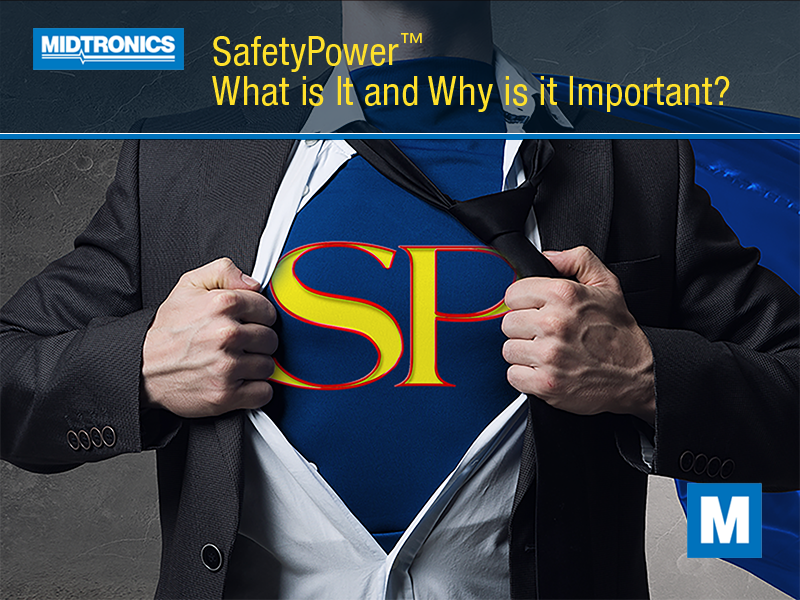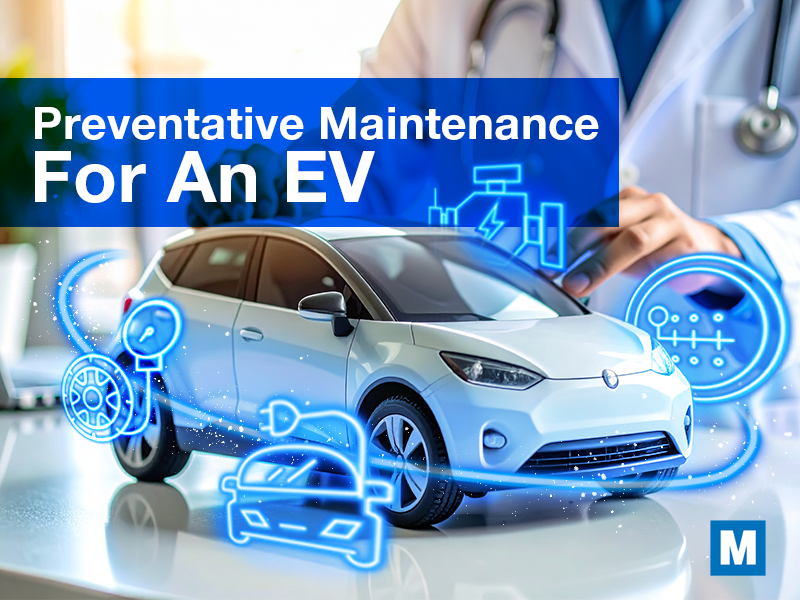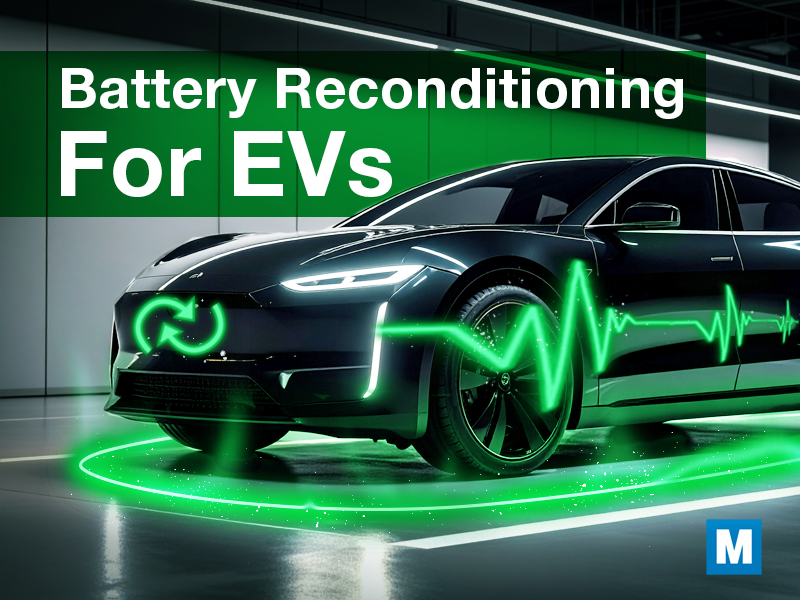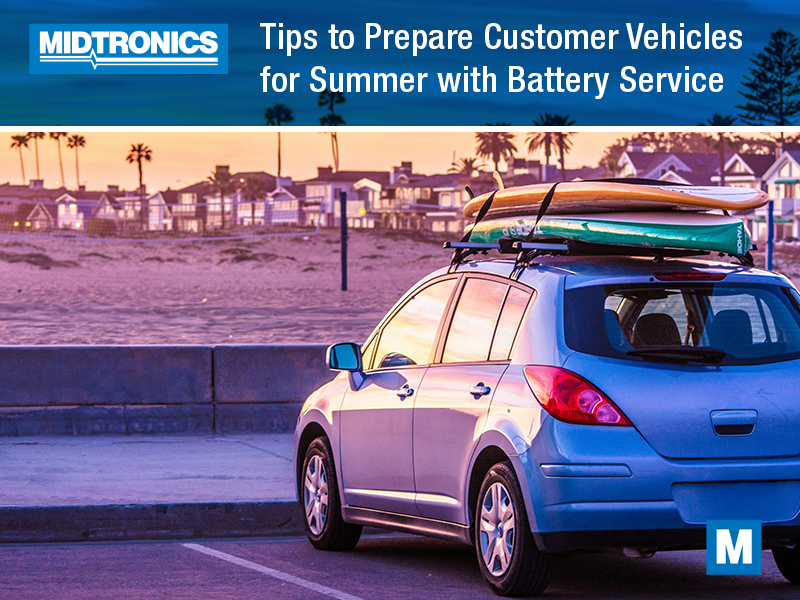As electrification in the automotive industry progresses, high-voltage infrastructure is rapidly expanding. Charging networks are being developed by public and private organizations, and battery pack servicing, replacement, and recycling facilities are emerging. But an often forgotten part of an EV’s electrical system is its low-voltage SafetyPower ™.
In addition to the high-voltage traction battery, every electric vehicle on the road today has a low-voltage battery responsible for providing SafetyPower™ to critical vehicle loads, ensuring safe and reliable operation. Here’s a SafetyPower™ Primer – What you need to know about SafetyPower™, what it does, what occurs when it’s neglected, and how to maintain low-voltage batteries in EVs.
What SafetyPower™ Is
Alongside the high-voltage system is a 12-volt electrical system, similar to an ICE vehicle has. In many cases, it may even share some of the same parts as other models from the same manufacturer including power windows, power door locks, the infotainment system, and other interior accessories. However, the EV 12V battery’s most important function is providing SafetyPower™ to support critical vehicle safety functions.
In an EV, airbag systems continue to operate on a 12-volt system, as do the control modules that ensure essential functionality. Anti-lock brakes also rely on SafetyPower™ support as do the elements of the ADAS system, including:
- Lane Departure Warning
- Forward Collision Warning
- Collision Avoidance
- Emergency Braking
- Pedestrian Detection
- And more.
In general, critical safety systems rely on 12V SafetyPower™ for two primary reasons. First, the architecture of low-voltage systems mitigates the risk posed by potential faults within the vehicle infrastructure. For instance, a compromised wire could inadvertently expose drivers or technicians to potentially fatal high voltage. Second, in a collision or incident when the high-voltage battery is disconnected or fully discharged, the vehicle is intended to briefly function on 12V power to escape traffic come to a “stop” out of harm’s way.
What Can Happen If SafetyPower™ is Neglected
In an ICE vehicle, the 12V battery is recharged by converting mechanical energy from the engine to electrical energy by the alternator, which is then stored as chemical energy inside the battery. However, in an EV, the 12V battery is recharged with energy from the high-voltage battery pack via a device called a DC-to-DC converter.
However, failures are an inevitable reality as batteries possess a finite lifespan. Even AGM batteries, commonly employed in SafetyPower™ applications, typically last for approximately two to three times longer than standard flooded lead-acid batteries on average. Nonetheless, instances of premature failures have been observed to transpire more frequently than anticipated.
In fact, problems with the 12-volt battery are the primary reason for roadside events in all EVs. Drivers are often confused in such situations, as the high-voltage battery remains charged despite the car’s rapid loss of functionality, or even inability to move.
There’s no power to vital safety features or accessories. Basic vehicle access is prevented as doors and windows are left without 12V power.
While these symptoms may appear hypothetical, they are, in fact, grounded in reality. Numerous documented instances in the real world substantiate their occurrence.
- One driver’s car lost power while they were driving downhill. Their brake functions stopped working and they narrowly escaped an accident. The car only continued operating after boosting the 12-volt battery.
- Another driver lost acceleration in their car at highway speeds despite the HV battery showing 76% on the charge level. Everything else appeared normal except for their car would no longer drive.
- Another owner couldn’t get their power doors to unlock or open, it wouldn’t turn on, and the headlights would flash intermittently.
These concerns may instill a sense of skepticism towards electric vehicles, despite ample evidence that failures in EVs occur less frequently than internal combustion engine (ICE) vehicles. Given EV technology is still in its infancy, it is essential 12V batteries in EVs are diagnosed with appropriate technology to determine if sufficient SafetyPower™ Capacity is available to support critical vehicle systems.
SafetyPower Diagnostics™ – EV 12V diagnostic technology
No manufacturer or dealership wants their customers to be stranded on the side of the road put in harm’s way. EVs feature advanced automotive safety technologies, boast greater efficiency, and require lower maintenance compared to their ICE predecessors. Such incidents erode drivers’ trust and loyalty.
To pre-emptively address these concerns, it’s imperative to implement a 12V service strategy tailored to the EV application. Ensure that your operation is equipped SafetyPower Diagnostics™, Midtronics’ new 12V diagnostic technology, is the only available solution to accurately diagnose 12V batteries in EVs.
Service providers must be equipped with the appropriate diagnostic tool capable of precisely assessing the health of the 12-volt batteries in EVs to prevent the inconvenience of roadside service and ensure safe and proper function of the vehicle.




